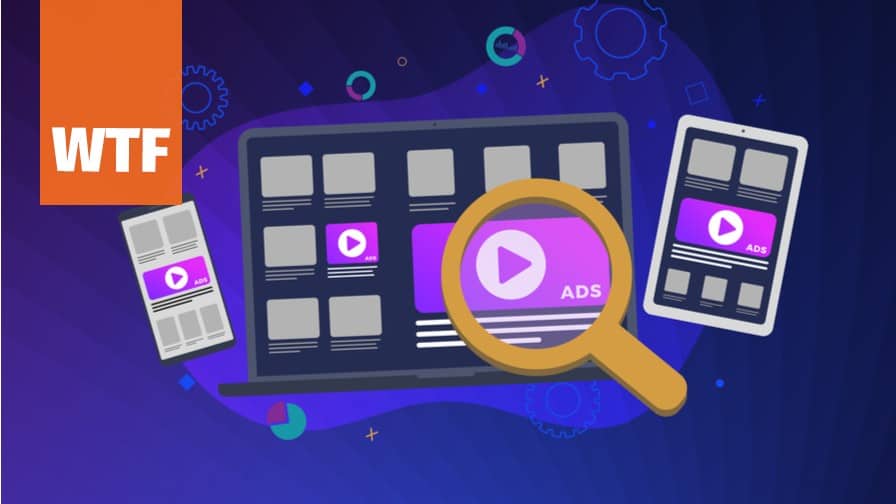Different areas of the industry all too frequently set their sights on the same issues without necessarily realising it.
In recent years, buyers and sellers alike have recognised the need for greater understanding of – and control over – how programmatic deals are done; focusing particularly on selecting partners who deliver the best, most trustworthy results. Meanwhile, technology vendors have been striving to improve support by providing services that offer more simplicity and flexibility.
While driven independently, steps taken across the digital advertising space are increasingly forming a collective movement: Value Path Optimisation (VPO).
Effectively connected, these threads have the potential to unite buyers and sellers around a shared business interest, enhancing transparency and performance for everyone. Getting there, however, will mean mapping out what makes up the VPO picture, and the benefits each strand brings.
Separate actions, collective mission
Having played an active role in cultivating VPO, the majority of industry players will be familiar with its core roots. But their intertwined nature becomes clearer when they are considered together, especially with the shared interest in maximising value.
- Supply path optimisation
Probably the best-known buy-side element, SPO is about vetting partners and cutting those that don’t deliver on performance essentials, such as driving measurable outcomes and real uplift for the business’ bottom line. According to a recent report, 60% of ad buyers already activate SPO strategies to maximise the efficiency of their campaigns, with its recent popularity surge having much to do with a desire for transparency around programmatic transactions and partners.
Concern about dark corners and intricate automated trading routes was growing before discovery of the ‘unknown delta’. But since black holes were highlighted, determination to reduce complexity has spread from demand-side platforms (DSPs) to marketers, advertisers, and agencies; with SPO a big part of that. Keen to reduce costs and duplications – such as competing with themselves on inventory via different vendors – buyers are streamlining their networks and prioritising partners operating efficiently and responsibly. Similarly, many are populating chains with more direct options, including private marketplaces (PMPs).
- Demand path optimisation
DPO is typically defined as the seller-centric version of SPO for good reason. Most obvious is its basic function: trimming the number of supply-side platforms (SSPs) and exchanges they work with. But what’s important to highlight are the motivations behind these decisions, and how closely they are linked to the priorities of buyers.
Ensuring partners consistently fuel tangible yield is just as crucial for publishers, especially after ad revenue declines in 2020. Additionally, tackling ever-more complex relationships is equally essential for minimising how much income is lost to ad tech tax from low-performing resellers, as well as a lack of clarity about who exactly they are dealing with. That’s not to mention the loss of control and latency issues sellers can face when juggling unwieldy volumes of partners. All of which means there’s strong incentive for publishers to achieve a tighter hold over their setup and lean towards transparent, straight-dealing environments.
- Vertical supply chain integration
Although their contribution is often overlooked, where technology providers fit into the VPO frame is arguably easiest to pinpoint. Solutions developed by vendors will inherently bend and shift in line with market need, so it follows that the rise of vertical integration tallies with greater emphasis on streamlining both demand and supply chains.
Simplifying the complex landscape via one integrated structure provides combined inventory and audience intelligence to serve the needs of specific buyers. For example, curating inventory based on a healthcare vertical matches buyers with appropriate publishers based on suitable content and context. Efforts show vendors have acknowledged the need for buyers and sellers to use fewer tools and forge reliable partnerships outside of walled gardens. In other words, they are responding to calls for more accountable, versatile dealing.
Completing the picture
Ultimately, the power of VPO lies with perception. Until now, the three strands have offered their own unique benefits, but progress has been limited to isolated pockets. Recognising that they fall under one umbrella will create a new cross-industry dynamic that enhances value from every side of programmatic trading.
In practical terms, making this vision a reality involves leveraging the rewards that all elements bring by running them in conjunction. Mass adoption of SPO, for instance, will mean buyers can cultivate fewer, but more productive, partnerships based on value; allowing them to improve performance. Likewise, simultaneous scaled use of DPO will reduce confusion and losses for publishers, as well as enhance visibility into how their media is being purchased. This generates useful insight they can use to further enrich deals.
From the tech perspective, continued simplification will set adaptable deal management as the standard expectation for buyers and sellers – leading more vendors to tow the value-first line. Alongside facilitating the creation of private publisher gardens, this is likely to include providing greater access to diverse PMP inventory and smart troubleshooting; with ongoing monitoring of delivery rates giving buyers the ability to take control of live deals.
In short, the idea is switching from focusing solely on individual gain to driving shared value. We have seen encouraging individual intent to make the ecosystem simpler and more secure. Setting VPO as the basis for industry-wide operations will not only protect and meet the interests of the buy and sell side, but also foster an environment of transparency that restores trust in programmatic, maintains high performance, and delivers genuine mutual value.
